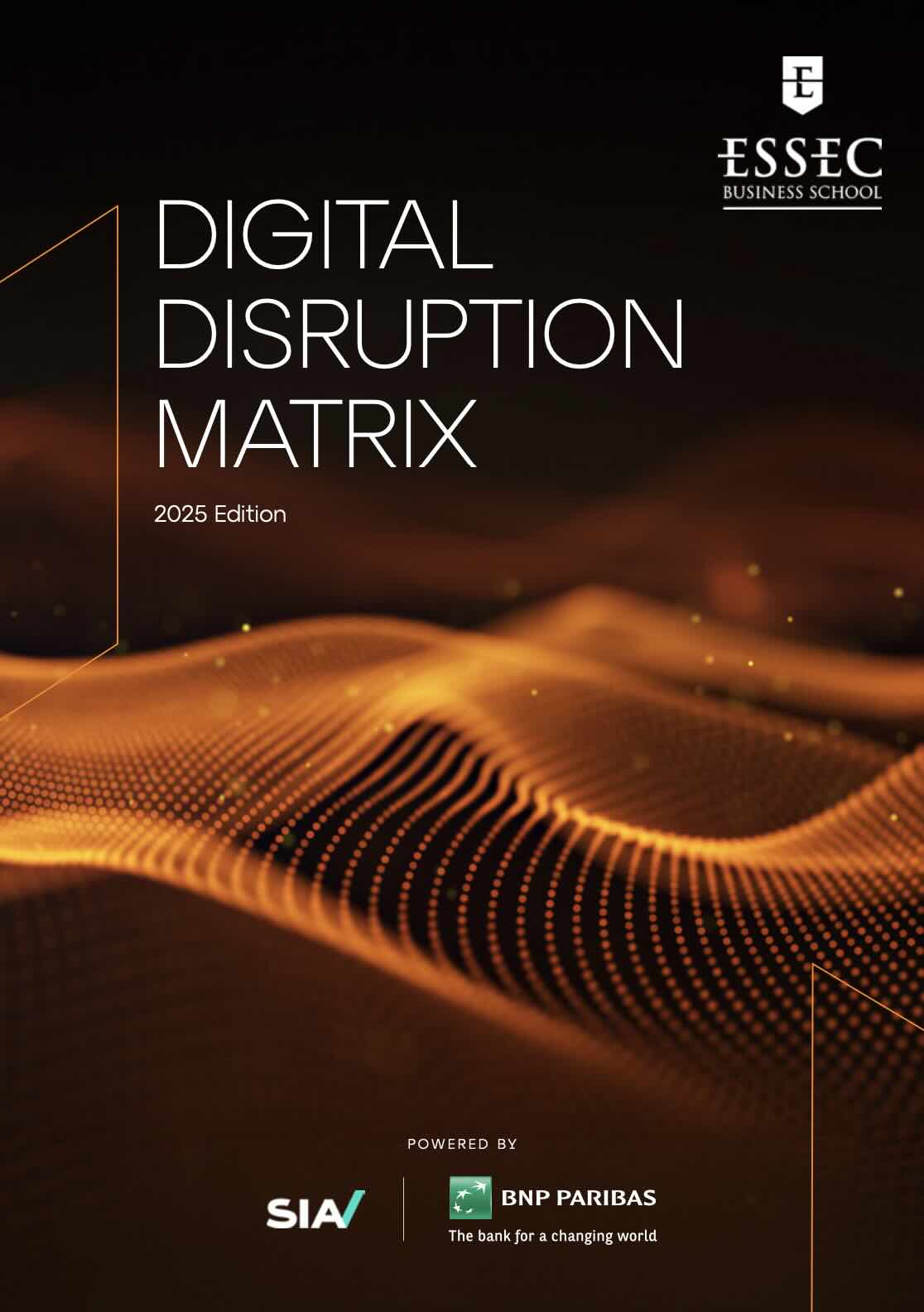
The Digital Disruption Chair presents
Digital Disruption Matrix
A yearly barometer designed for current and future global leaders who seek clarity on digital disruption through both data analysis and human insight.
Built on extensive research from industry reports, academic papers, patents, and expert insights, the Digital Disruption Matrix ranks the year's most disruptive digital technologies and highlights their real-world applications.
- Generative AI
- Descriptive AI
- Renewable Energy & Storage
- Quantum Computing
- Robotics & Automation
- Blockchain
Comprehensive analysis of emerging technologies
- Energy
- Materials
- Industrials
- FMCG
- Luxury/Retail
- Healthcare
- Financial Services
- Information Technology
- Communication Services
- Real Estate
- Auto/Transport
Cross-sector impact assessment
Welcome to the Digital Disruption Matrix
At a time of accelerating technological change,
the need for clear, data-driven insights into digital disruption has never been more pressing. The ESSEC Digital Disruption Matrix launches this year as an annual barometer designed to provide current and future global leaders with actionable insights on technological transformation.
This inaugural edition analyzes six transformative technologies selected by a college of 40 experts- Artificial Intelligence split into Descriptive and Generative AI, Quantum Computing, Robotics, Blockchain, and Renewable Energy Storage. Our research synthesizes multiple perspectives: trends in peer-reviewed publications and patent filings, analysis of 340 global industry reports, a quantitative survey of 1,000 professionals across sectors, and in-depth interviews with technology experts and industry leaders.
Our findings reveal a technological landscape where innovations are increasingly interconnected. Generative AI emerges with unprecedented momentum, while Energy Storage appears as the "hidden elephant in the room" – the potential bottleneck determining which innovations can scale sustainably. Quantum Computing shows promising specialized growth with significant implications for encryption, while Robotics evolves as AI simulations reduce development barriers. Despite reputational challenges, Blockchain continues developing toward an "invisible" infrastructure layer.
The resulting heatmap visualizes disruption's intensity across industries, revealing both expected patterns and surprising hotspots. Rather than claiming definitive authority, we position the Digital Disruption Matrix as a catalyst for strategic discussions about technological change. We invite readers to engage with these insights as starting points for deeper exploration in navigating an increasingly complex digital future.
Jérémy Beaufils
Executive Director
ESSEC Digital Disruption Chair
Prof. Jan Ondrus
Professor of Information Systems
ESSEC Digital Disruption Chair
Features & Functionalities
Global Coverage
Comprehensive worldwide analysis
Our matrix captures global innovation trends across major economic regions, drawing from international patent filings, academic publications, and expert insights from varied geographies to provide a truly universal perspective on technological disruption.
Balanced Perspective
Beyond the hype cycle
We meticulously balance technical promise with practical realities, synthesizing viewpoints from skeptics and enthusiasts alike to deliver nuanced insights that avoid both over-inflation of potential and excessive pessimism about digital disruption.
Data-Driven Methodology
Quantitative and qualitative approaches
Our matrix combines rigorous quantitative metrics (academic & patent publication volume and citations) with qualitative expert interviews and survey, creating a comprehensive methodology that reveals insights unavailable through either approach alone.
Key Takeaways 2025
Gen AI: Unprecedented Disruptive Force
Generative AI dominates with a disruption score of 89.45/100, nearly double that of the second-ranked technology
Descriptive AI's Paradox
Despite lower media visibility, Descriptive AI remains deeply embedded in business processes, dominating academic and patent rankings
Energy Storage as New Bottleneck
Energy storage has emerged as the critical constraint for technological innovation, replacing Moore's Law as the main limiting factor
Quantum Computing Uncertainty
High neutral sentiment percentages (30-43%) in Quantum Computing suggest widespread uncertainty about its impact
Blockchain Skepticism
Despite high disruption scores, sectors show lowest positive sentiment for blockchain (49-52%)
AI Polarization in Luxury
Luxury sector shows the most extreme divide on both Generative and Descriptive AI, with highest share of both supporters and critics
Bullish Financial Sector
Financial sector leads with 74.3% positive sentiment across ALL technologies, surpassing even the Tech sector (71.8%)
Automotive Sector Caution
Automotive sector shows the most negative sentiment for several technologies, while Real Estate remains least tech-positive overall
Real Estate Renewable Enthusiasm
Real estate sector shows remarkably high enthusiasm (91.1% positive opinions) toward renewable energy technologies
ESSEC Digital Disruption Matrix 2025
Interactive analysis of six disruptive technologies reshaping eleven industry sectors—click to explore our dynamic dataset and reveal strategic insights across technologies, sectors, and their intersections.
© 2025 ESSEC Digital Disruption Chair
Our 2025 Technology Zoom: Quantum Computing
Why we chose Quantum Computing for our 2025 Zoom?
Ranking fourth in our Digital Disruption Matrix with a score of 32.47/100, quantum computing represents what we call a "frontier technology" - one that's still emerging yet holds tremendous transformative potential. Our matrix revealed what we've dubbed the "waiting for quantum" effect, with 40% of professionals across all sectors expressing neutral sentiment toward this technology, reflecting widespread uncertainty about when and how to prepare for its impact.
This ambiguity presents a fascinating challenge for business strategists for whom making accurate predictions and business decisions based solely on existing data is particularly difficult for a field this nascent. Patents and academic publications predominantly focus on cryptographic applications, but is this where the true business value lies?
Get the PDF
Download the Digital Disruption Matrix 2025 in PDF format.


